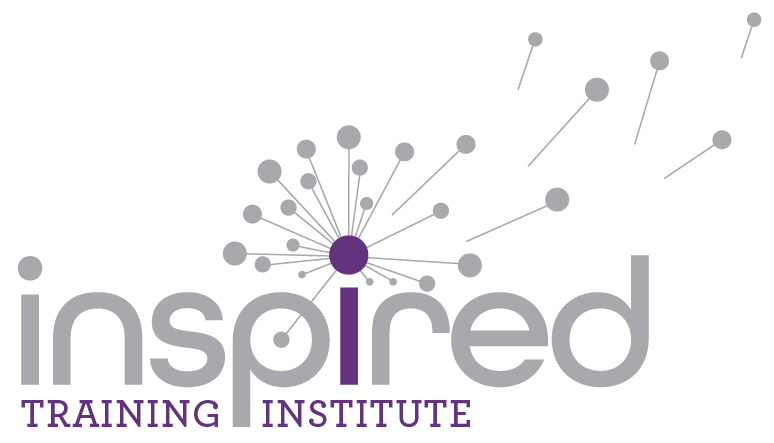The Pros and Cons of Employee Resource Groups
During a recent discussion with a leader who has been instrumental in broadening the presence of employee resource groups (ERGs), also known as affinity groups or business resource groups, within her organization, we took the time to explore the pros and cons of such groups.
ERGs are led and joined by employees who share a characteristic or experience, such as gender, ethnicity, age, religious affiliation, parental status, lifestyle, socioeconomic background, military status, interest, etc. Participation is voluntary and usually enjoyed by individuals who seek to explore personal and professional development in a comfortable, supportive environment. ERGs can increase employee engagement, boost morale, and encourage diversity, which is why a large majority of Fortune 500 companies and a growing number of mid-sized organizations have embraced them in their workforces.
In addition to the sense of inclusion and connection that ERGs offer, some organizations benefit from meaningful input by giving voice to underrepresented employees. For example, an ERG representative may provide insightful feedback to Human Resources or its senior leader sponsor regarding shared workplace concerns that have been raised during their group discussions. Conversations within an ERG group may also generate innovative solutions to organizational issues.
While the pros of ERGs are numerous, there are cons that are worth considering. For example, some participants become frustrated with the fact that their work within these groups is not compensated, especially in cases where organizations seem to benefit from and take credit for the work of ERGs. Additionally, a 2021 Protocol article suggests that some ERGs seem to simply serve as company tools for reputation management and unionization prevention, exploiting the groups the company claims to be supporting.
To optimize the pros and minimize the cons of ERGs in your organization, I recommend that you develop an ERG strategy, perhaps with the help of senior leaders, Human Resources (including any DEI leaders in your organization), and representatives from ERGs that already exist or underrepresented employee populations who may be interested in participating in an ERG. Your ERG strategy could outline the purpose of ERGs within the organization and may include guidelines for:
How an ERG is established
The selection, rotation, and role of ERG leaders
The assignment and role of an executive sponsor
ERG budgets and financial management
Engagement and mentorship of ERG participants
The development and approval of an ERG-specific mission statement, goal, or objective that aligns with the mission of the organization, company culture, and company values
Criteria for and expectations of a vibrant, successful ERG
Tracking and reporting any appropriate ERG metrics to measure effectiveness
Criteria and process for disbanding ERGs that become counterproductive or defunct
In short, proper consideration and guidance will help to ensure that your ERGs are successful endeavors that provide value to their participants and the organization.


